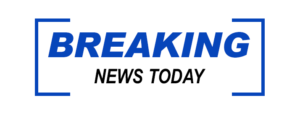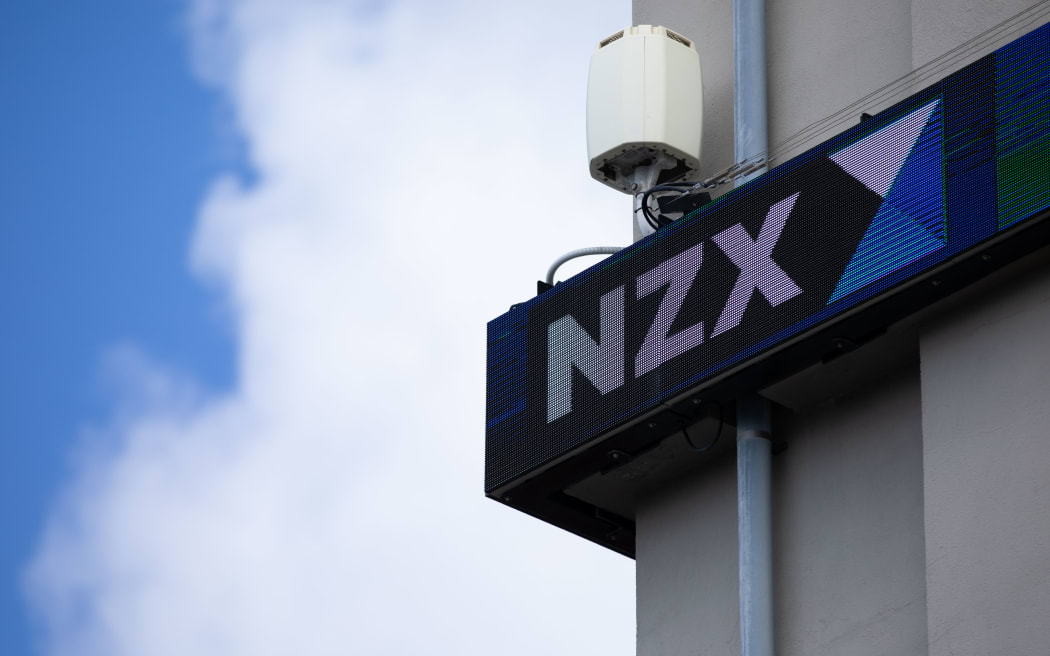Are you in the market for the finest DTF printer on the market? Well, you’ve come to the right place! This guide aims to provide you with a thorough exploration of what constitutes an exceptional DTF printer. Alongside our insights, we will delve into reviews of some of the industry’s leading models. We’ll dissect facets such as print quality, cost-efficiency, and more. Our ultimate goal is to empower you to make an informed selection, ensuring that the DTF printer you choose meets your unique requirements. So, let’s embark on this journey of discovery.
Diverse Landscape of DTF Printers
When it comes to the realm of printing, one is greeted by a myriad of choices. Among these, Direct to Film (DTF) printers present a distinctive approach to the art of printing, affording users a swift and straightforward path to generating top-tier prints. Click here if you’re looking for the best DTF printer.
DTF printers manifest in three distinct categories: direct to film, direct to fabric, and direct to garment. Each category boasts its own set of advantages and disadvantages, tailoring the printing experience to your particular needs.
Direct To Film Printers: DTF printers are the torchbearers of convenience when it comes to rendering personalized images on various film types like acetate or polyester sheets. These printers exhibit an exceptional resolution, all without the encumbrance of extensive setup procedures often associated with other printer varieties. Operating on specialized inkjet technology, DTF printers are masters of delivering unrivaled print quality on these films, completely circumventing the necessity for curing, a requirement that plagues various other printing methodologies. This printer type offers cost-efficiency, ensuring rapid and efficient results. However, they may exhibit a vulnerability in terms of durability compared to their counterparts, especially when subjected to extensive wear and tear over time.

Critical Factors to Consider When Choosing a DFT Printer
Selecting the ideal Direct to Fabric (DFT) printer involves a judicious examination of critical features that define the essence of your creative vision.
Print Quality: At the forefront of these features, print quality commands paramount importance. Your chosen DFT printer should sport a high resolution, allowing for the production of images that boast sharp, crisp details. The presence of supplementary features like automatic head cleaning and nozzle checking systems further elevates the potential quality.
Speed and Efficiency: For those inclined toward expeditious and efficient operations, the printing speed of the DFT printer holds significant sway in the selection process. A swifter print rate not only streamlines production but also enhances overall efficiency and productivity. Recent models often introduce additional features such as dual-sided printing and multi-color printing capabilities, further enhancing production output.
Cost-Effectiveness: Balancing your budget is a pivotal consideration in procuring new equipment, particularly in the context of large-format printers like DFTs. To ensure your selection aligns with budgetary constraints, meticulous research is imperative. Seek a model that harmonizes with your financial parameters while delivering the essential features required, all without compromising on quality or performance.
Five Pillars of Successful Printing Outcomes
Attaining impeccable printing results in a business environment necessitates a multi-faceted approach. Here, we outline five crucial factors that form the bedrock of your printing success:
- A) Print Resolution: The resolution of your chosen printer fundamentally shapes the quality of your output. To determine the suitability of a printer, it is imperative to assess its maximum and minimum resolution capacities. High resolutions are synonymous with sharper imagery and text, while low resolutions may induce pixelation or blurriness. The judicious selection of a printer, striking the right balance between maximum and minimum resolution, is indispensable for your unique requirements.
- B) Color Management: Accurate color reproduction on your prints hinges on proficient color management. Inadequate color management can lead to issues such as color deviations, incorrect hues, or imbalances in lightness and darkness, all of which negatively impact print quality. To ensure the accuracy of color reproduction, you must integrate a high-quality monitor calibration system. Solutions like Adobe Gamma or Xrite i1Display Pro facilitate seamless adjustments of monitor settings, ensuring consistency across diverse devices, including laptops and printers.
- C) Print Media Selection: The choice of the right paper type is pivotal in delivering successful print outcomes. Distinct paper types possess unique characteristics that can substantially influence the final result. Therefore, your selection of paper must align with the intended purpose, seamlessly interacting with the ink and printing process to engender optimum results.
The journey to finding the ultimate DTF printer necessitates a delicate equilibrium between your needs and budgetary considerations. With a profusion of options at your disposal, the task of narrowing down your selection necessitates careful research and an unwavering commitment to securing the best DTF printer, uniquely tailored to your requirements.









